Milan
Why?
The northern Italian city has fantastic shopping, wonderful restaurants and the magnificent Duomo (cathedral). Watch some opera at the famous La Scala, see da Vinci’s The Last Supper (book ahead for tickets), eat in the arty Brera district and do some people-watching at the popular flea market on the last Sunday of the month in the city’s canal district, Navigli.
When?
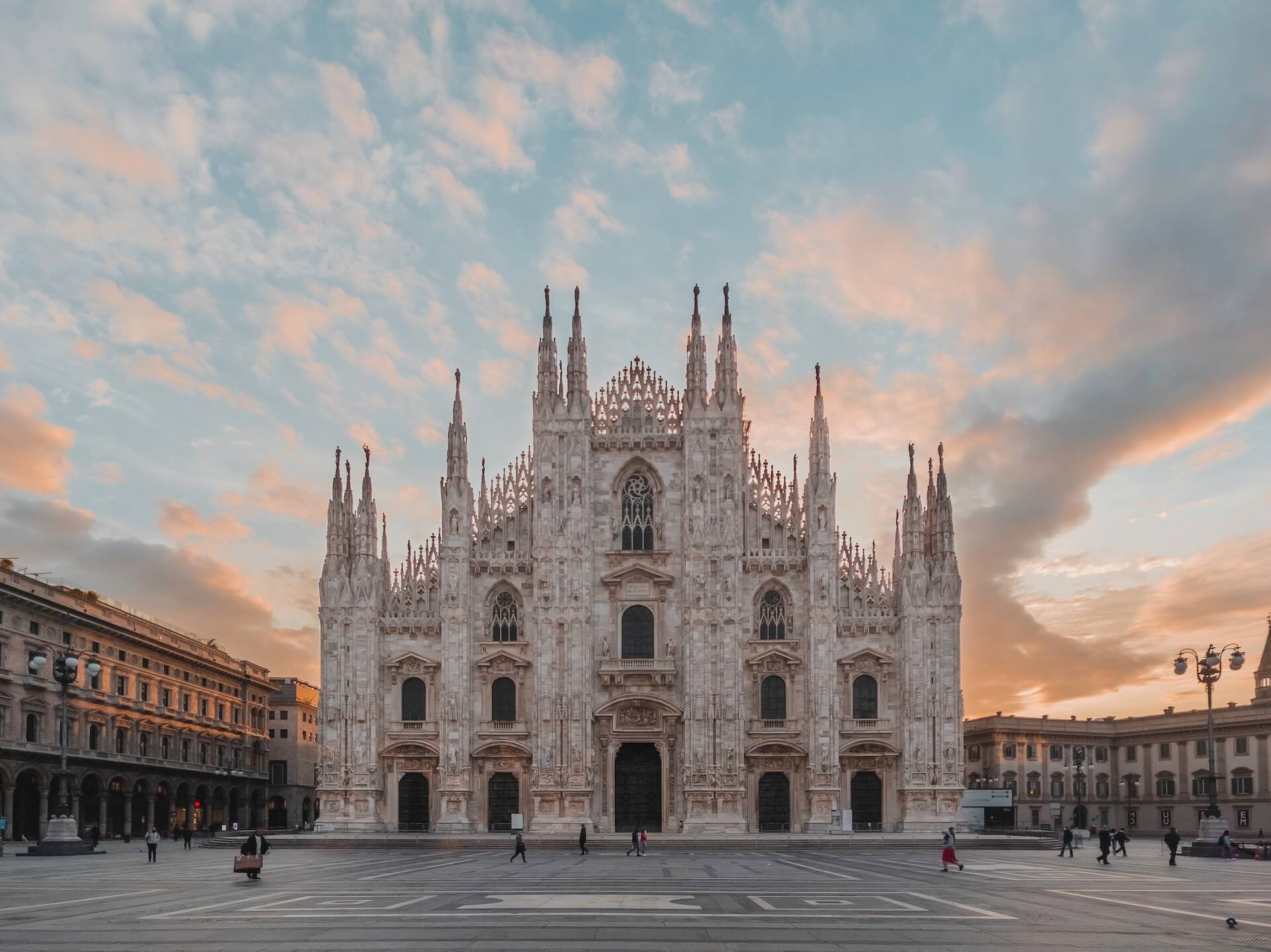
The city is buzzing at most times of the year, but especially during Milan Fashion Week and the festive season.
How?
The journey from Zurich to Milan is around 4 hours 20 minutes these days because of the closure of the Gotthard Tunnel after a landslide which had reduced travel time to around 3 hours. The tunnel is not expected to reopen full to passenger trains until Autumn 2024.
It’s possible to reach Milan from Geneva and from Lausanne but journey times are also slightly longer because trains cannot use the Gotthard tunnel until it’s repaired.
Turin
Why?
The Piedmont city is known as an industrial place, but there’s a lot more to it than that. Its tree-lined boulevards, elegant squares and grand, historic buildings quickly impress visitors.
Sip Torinese hot chocolate on the vast Piazza Castello, visit the 17th century Savoy palace, Palazzo Reale, and find out about the history of the Fiat at the former car factory just outside the city. For a great viewpoint head up the 167m high spire of the city’s landmark, Mole Antonelliana, which also houses the cinema museum.

Don’t forget to pick up some chocolate to take home – chocolate-making has been a tradition in the city for centuries, and it’s even the birthplace of Nutella.
When?
Turin’s cultural offerings in autumn include contemporary art fair Artissima and the Turin International Film Festival.
How?
Travel by train via Milan. Again journey times are longer in 2024 due to the closure of the Gotthard Tunnel, but the journay is still possible.
Lyon
Why?
Straddling two rivers, the Saône and the Rhône, France’s third biggest city is a beautiful place that’s packed with culture, fascinating architecture and sublime restaurants. Indulge in some serious shopping on the Presque île, wander the cobbled streets and traboules (secret passageways) of Vieux Lyon, take the funicular up to the Fourvière basilica for a wonderful panorama over the city, and have an apéro on one of the bar boats along the Rhône. Food fans will be in their element at Les Halles Paul Bocuse indoor market, named after the city’s most famous son who has several prestigious restaurants in town.
When?
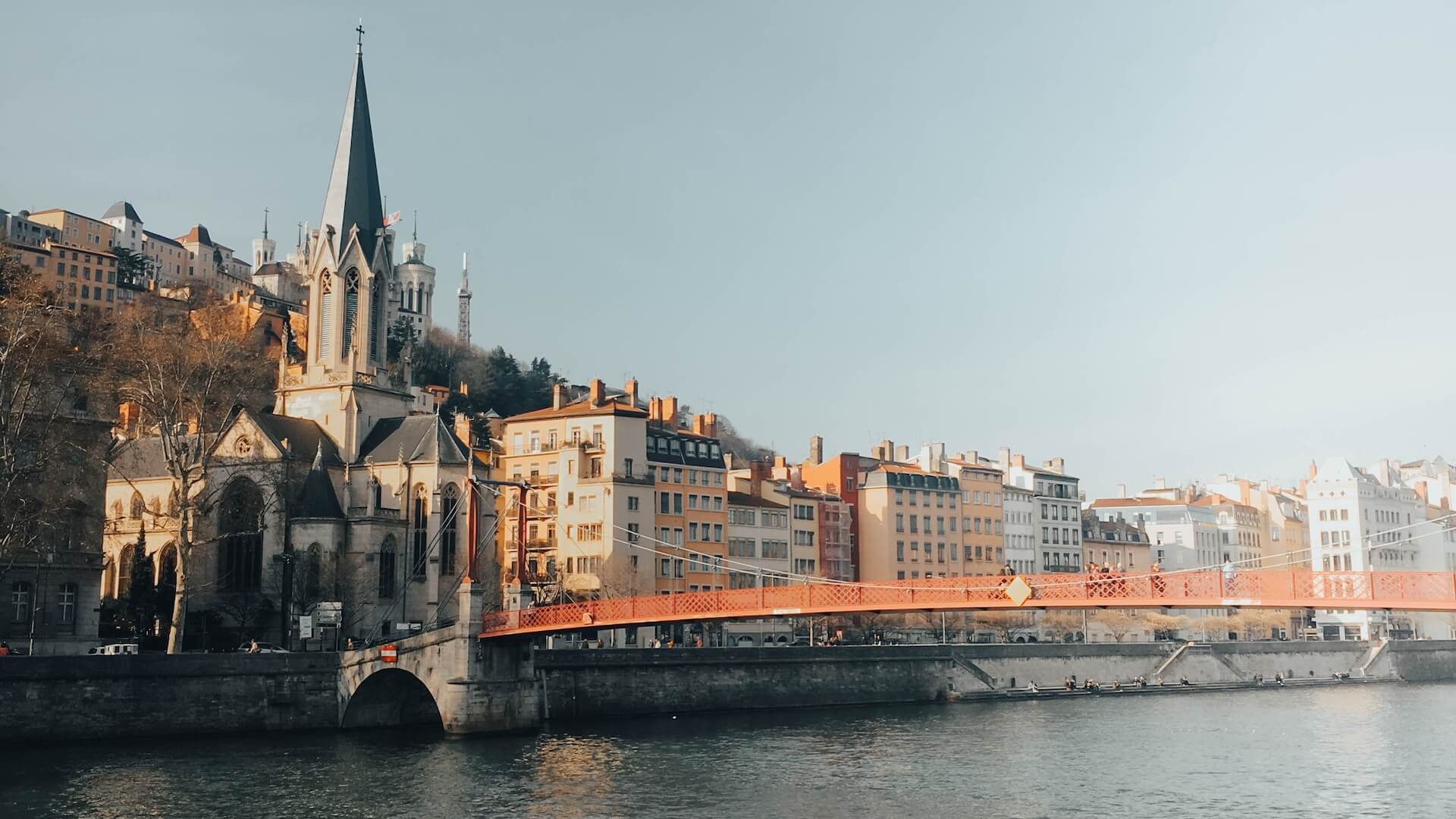
With the turning leaves on the trees along the rivers and in the Tête d’Or park, Lyon is beautiful in autumn. If you don’t mind crowds, head there in early December for the Fête des Lumières, when the city is lit up by incredible light installations and projections.
How?
Lyon is just under two hours from Geneva. Zurich residents can either go via Geneva or via Mulhouse.
Paris
Why?
Do you really need to ask that question? Packed with world-famous museums, iconic sights, beautifully landscaped gardens and majestic squares, you’ll need more than a weekend in the French capital. The Louvre, the arty district of Montmartre and the Eiffel Tower should be on any Paris virgin’s to-do list, while second-timers may prefer to wander along the charming Canal St-Martin, browse in famous English bookstore Shakespeare & Co and people-watch in the bars and restaurants of Rue Mouffetard.
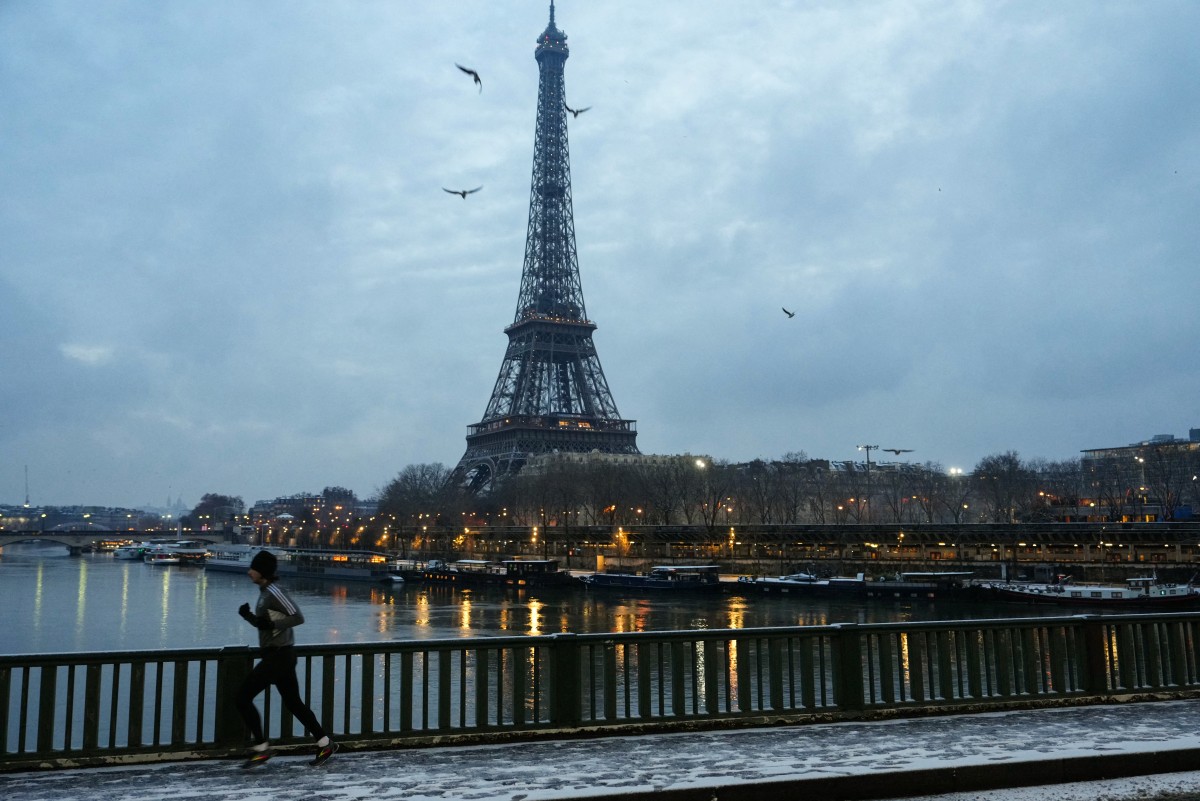
When?
Avoiding the peak tourist season is wise. With the turning leaves, cooler temperatures but hopefully still blue skies, autumn can be a lovely time to visit. If you’re there in June, take advantage of Nuit Blanche, when museums and galleries open through the night or the Fête de la Musique, held every year on June 21st when the city is transformed into a massive live music venue.
How?
Whizz up to Paris on the TGV in 3h20 from Geneva or just over four hours from Zurich, via Basel.
Strasbourg
Why?
This beautiful city in France’s Alsace region has plenty to entertain you for a weekend break and is small enough to explore on foot. Gasp at the mind-blowingly intricate facade of the gothic cathedral, take a boat trip down the river, visit the European Parliament, and drink local pinot gris at one of the canal-side bars amid the half-timbered buildings of the picturesque Petite France district.

When?
Visit for the Jazzdor music festival in November, or during the festive season onwards when Strasbourg stages one of the oldest Christmas markets in France.
How?
Strasbourg is under two hours by train from Basel. Change there if you’re coming from Zurich, Geneva or Lausanne.
Dijon
Why?
There’s much more to Dijon than its famous mustard. The French city is also known for its well-preserved medieval centre, the sensational Palace of the Dukes of Burgundy, the covered market Les Halles (designed by Monsieur Eiffel, who was born in Dijon before going on to do something rather well known in Paris) and the Place de la Liberation, considered one of the most beautiful squares in France. Sample the local Burgundy wines in its many excellent restaurants or on a wine tour in the surrounding vineyards.

When?
Thousands of visitors flock to Dijon in autumn for the Foire de Dijon, a gastronomic exhibition focusing on local food and drink.
How?
Dijon is only two hours away from Lausanne and 2hr24 from Zurich, both direct services on the TGV.
Colmar
Why?
A smaller, even more picturesque version of Strasbourg, Colmar is a stunning little Alsace town known for its beautiful canals and half-timbered buildings. Visit the ornately decorated 16th century Pfister house, buy local goodies in the covered market, photograph the storks nesting on top of the cathedral and wander through the picture-perfect Little Venice district with its old merchant houses. Excellent restaurants are plentiful.
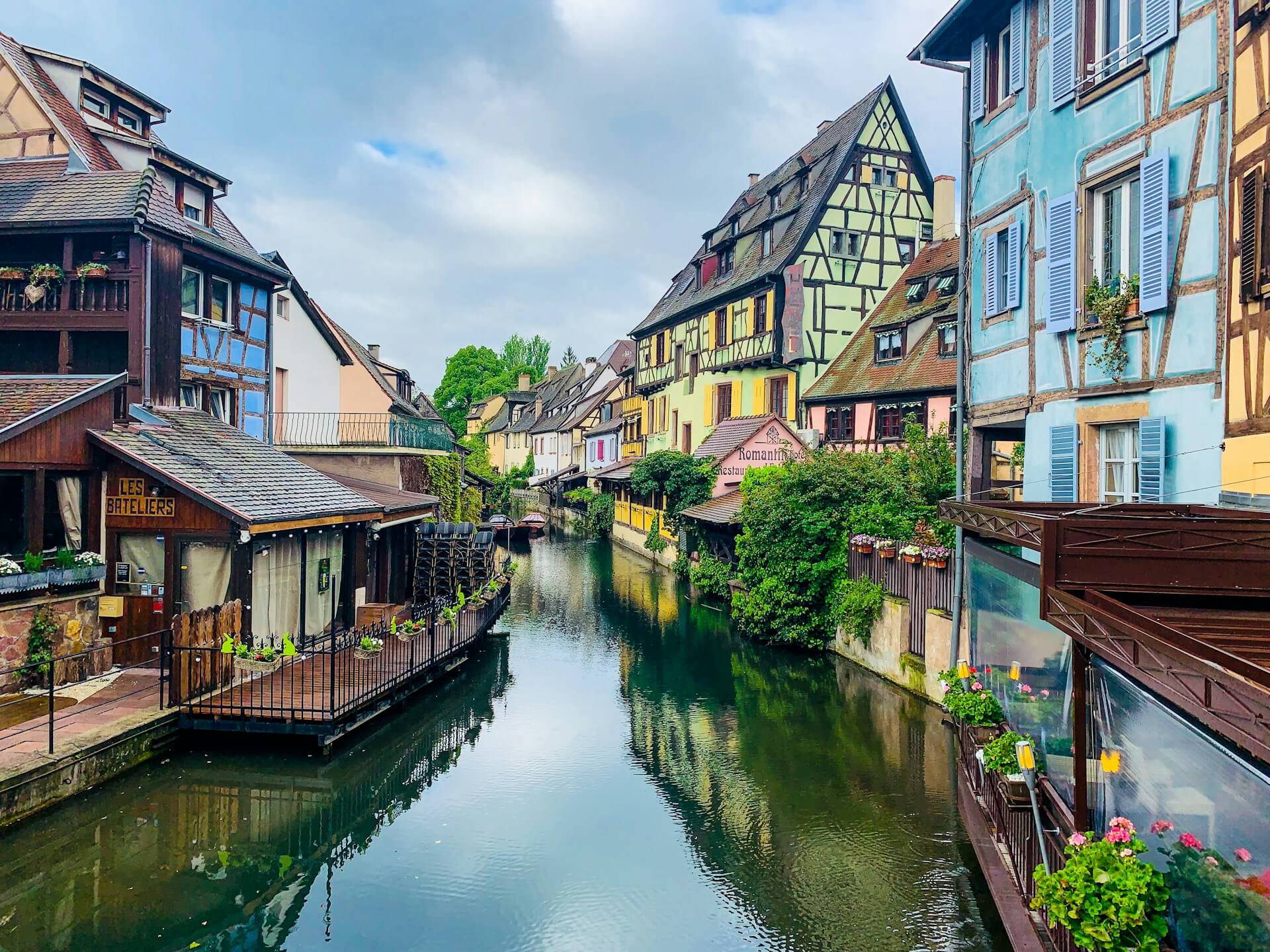
When?
Colmar is the perfect setting for a lovely Christmas market.
How?
Colmar is only 45 minutes from Basel on the train. Easy!
Munich
Why?
It may be the third biggest (and the richest) city in Germany, but with its very walkable centre, it’s easy to explore the historical sights, world-class museums and beer halls of the Bavarian capital. Visit the Augustiner brewery and the Hofbräukeller beer garden, explore the many museums in the arty Kunstareal area, see the treasures of the Residenzmuseum – the palace of Bavaria’s rulers for several centuries – chill out in the English garden and climb the 299 steps to the top of the St Peter’s church tower for a great view of the city.
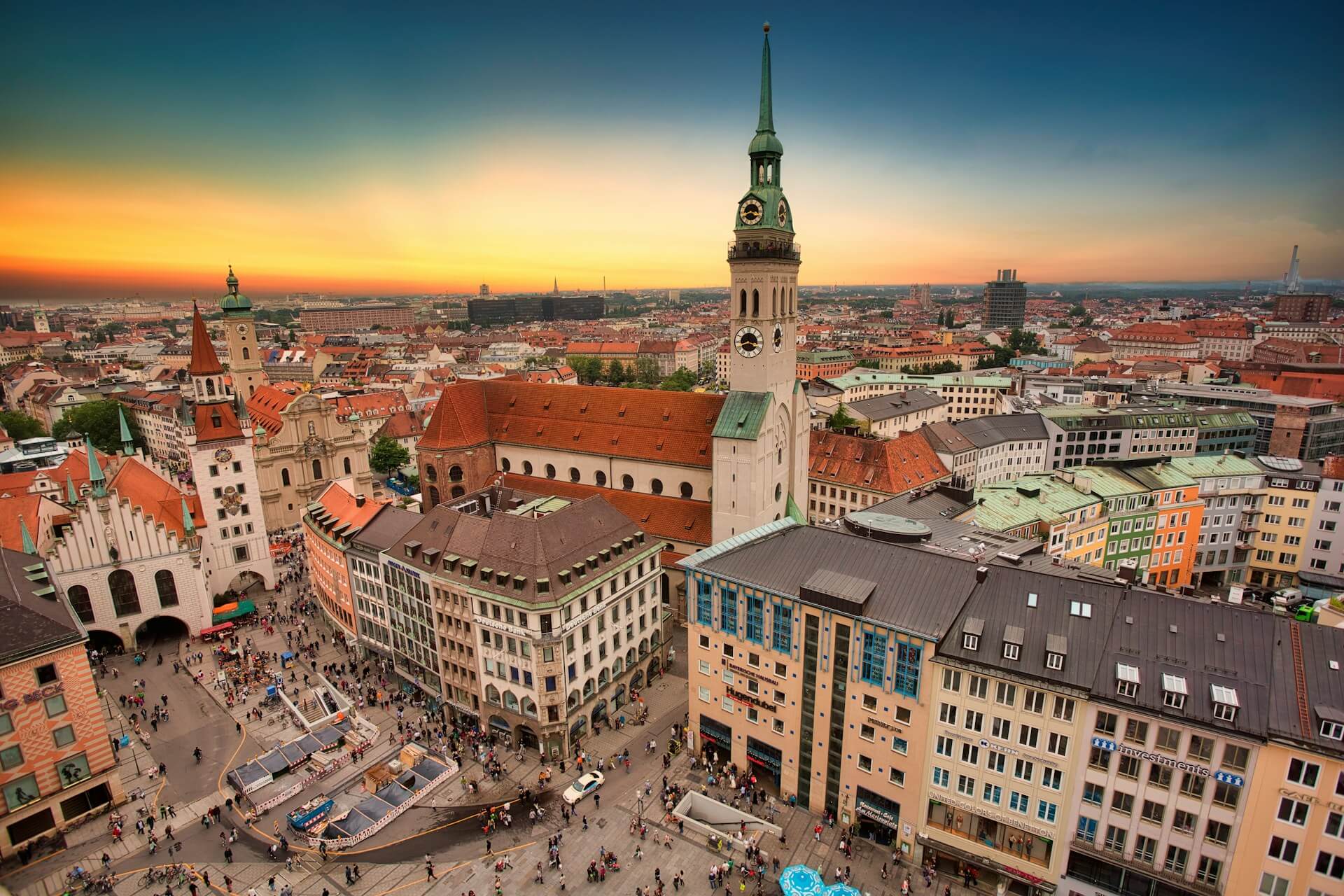
When?
If you can bear the crowds, visiting during the iconic beer festival Oktoberfest is bound to be an experience.
How?
Munich is a five-hour train ride from Zurich.
Freiburg
Why?
No, not Fribourg/Freiburg in Switzerland; this Freiburg is a university town in Germany’s Black Forest. Visitors will find a beautiful medieval old town with an impressive cathedral (Freiburg Minster), the remains of the old city gates, and water channels (Bächle) running through the streets – according to local legend, if you accidentally step in one it means you’re going to come back to Freiburg again someday. Hike up the nearby Schlossberg tower for a far-reaching view of the city and Black Forest, and then regain your strength in one of the city’s pubs and restaurants serving the Badisch food and wine of the region.
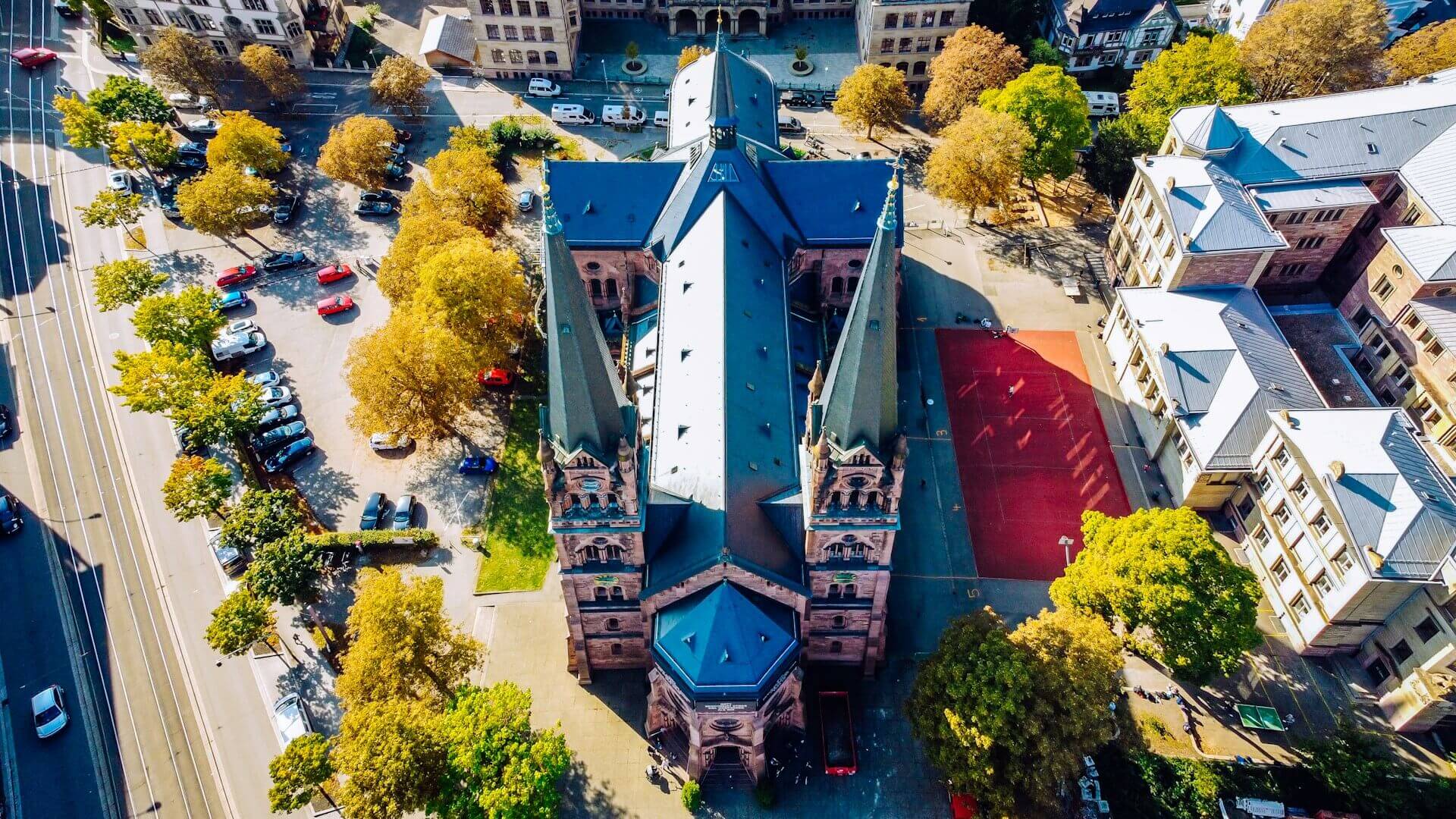
When?
The Christmas market is considered one of the most beautiful in Germany.
How?
Freiburg is less than an hour from Basel – change there from Zurich and Geneva.
Stuttgart
Why?
One of the most beautiful cities in Germany, the capital of Baden-Württemberg is packed with culture, impressive architecture, history… and cars. Visit its many palaces including the lavish 18th century Solitude Palace, spot the okapis at the Wilhelma city zoo and botanical gardens, eat Black Forest cake in a cafe in the medieval Bohnenviertel district, shop for gourmet treats in the art nouveau Markthalle indoor market, and discover the history of Porsche and Mercedes-Benz – each carmaker has its own dedicated museum here.
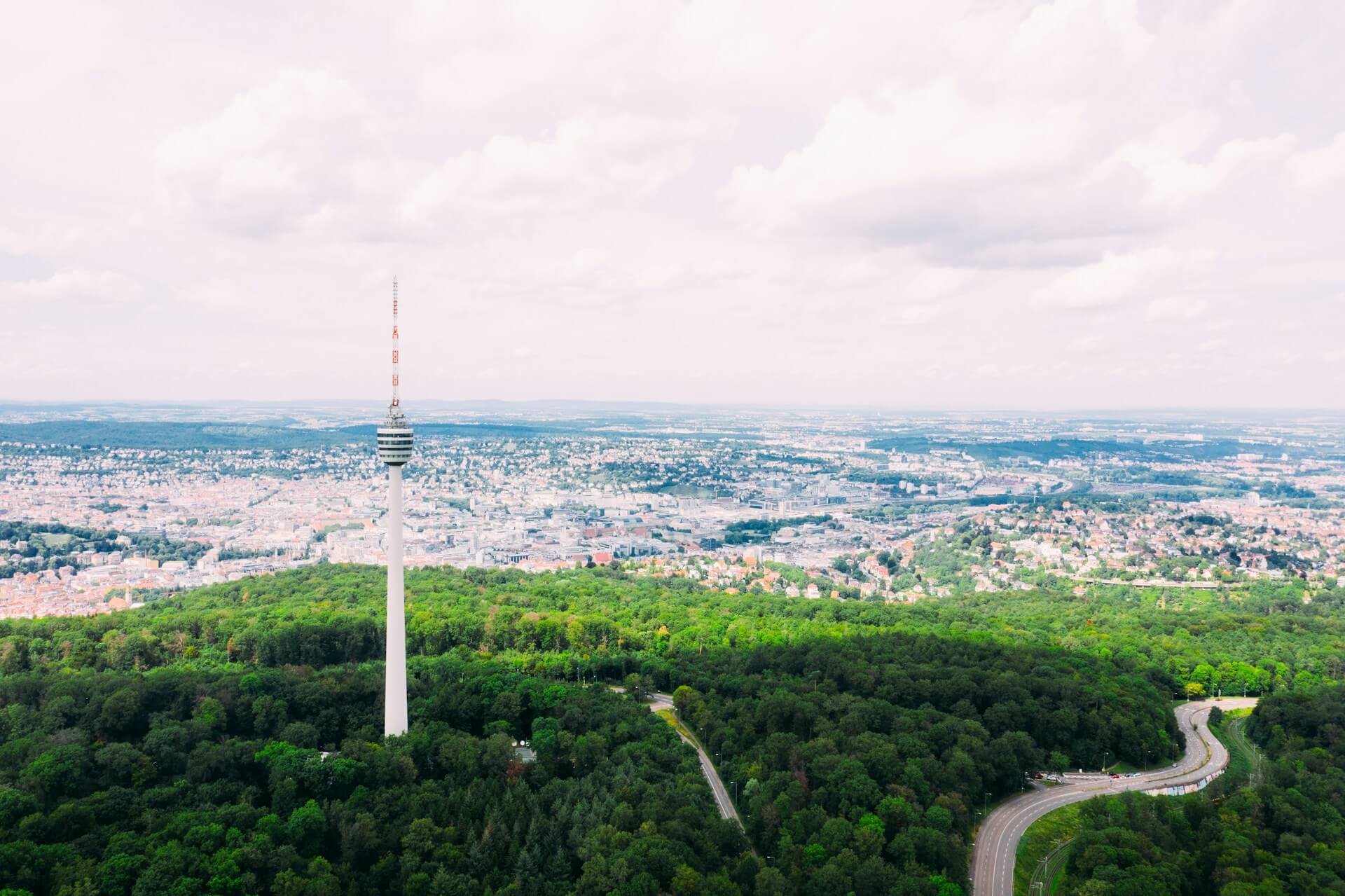
When?
Stuttgart’s Cannstatter Volksfest is an autumn fair that dates back more than 200 years.
How?
Stuttgart is around 4h30 from Zurich and 3hr45 from St Gallen.

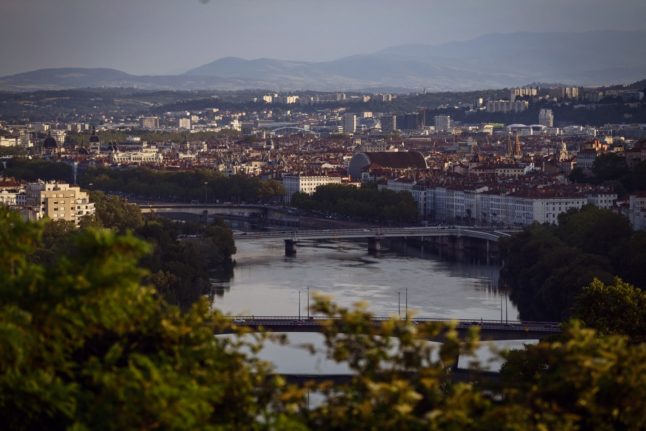

 Please whitelist us to continue reading.
Please whitelist us to continue reading.
Loved the article. So well written with beautiful descriptions that make me want to get my bag and just go to visit these amazing places. I have done a few, but this article made them feel just like brand new!